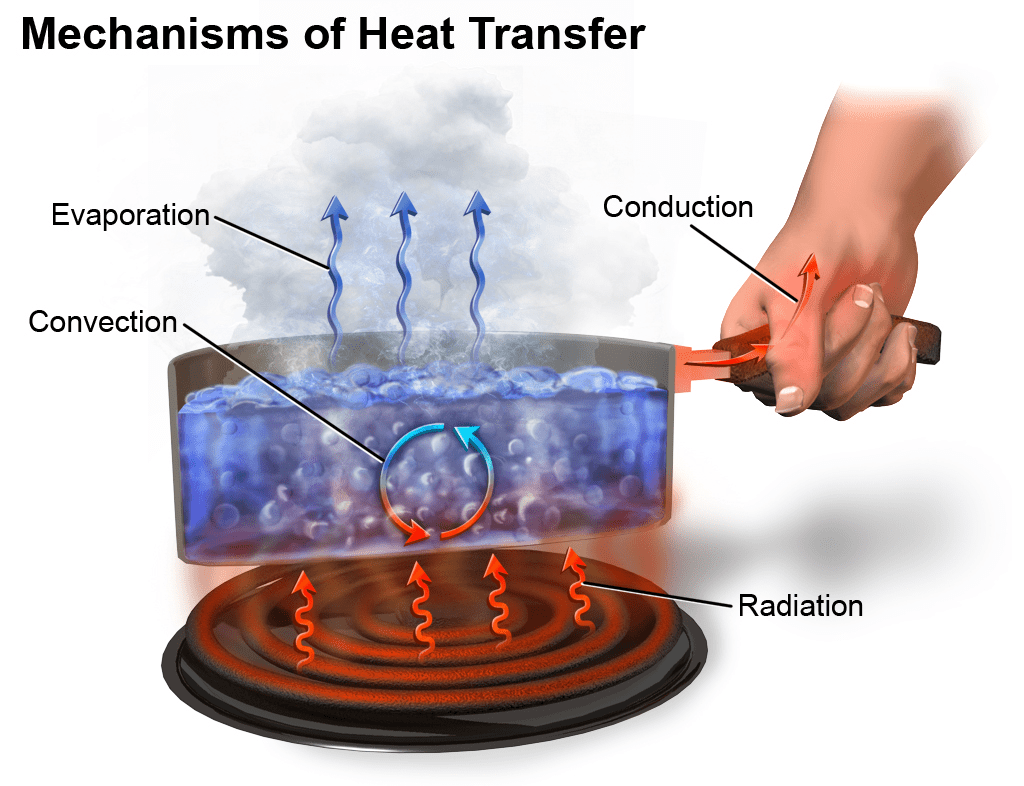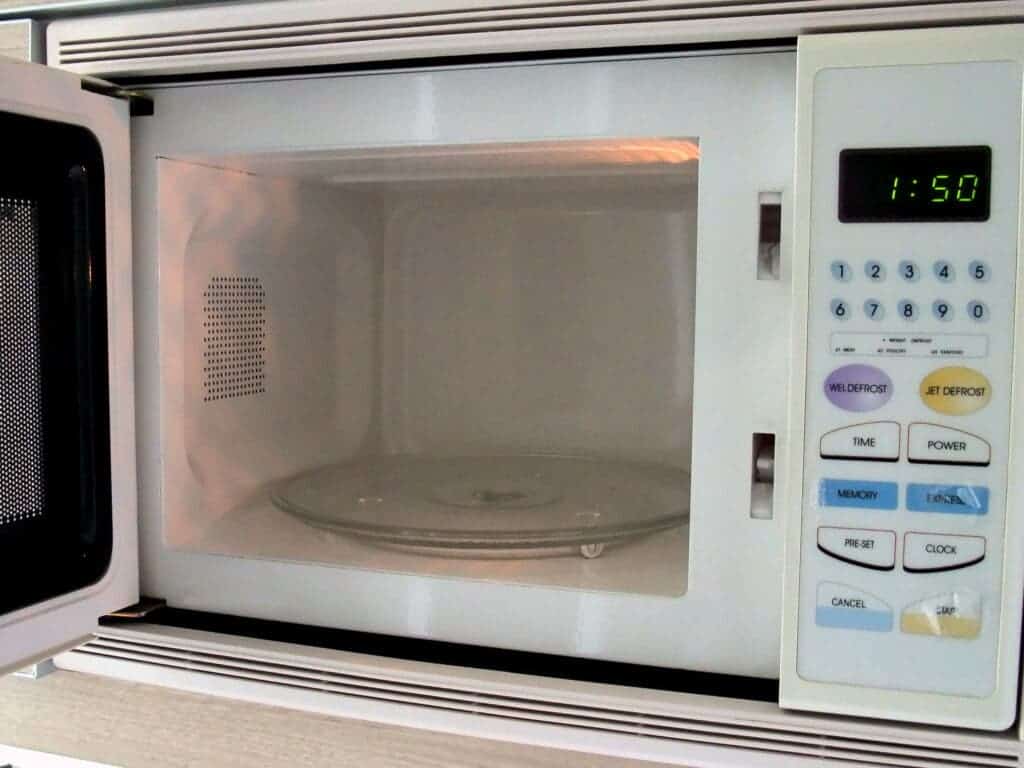Every time you make a cup of tea (or whatever hot beverage you may prefer), your cup becomes the stage of an interesting physics experiment. Even heating the liquid creates a pretty interesting mechanism. If you place a water-filled recipient on a stove, the bottom part starts to heat up. As it does, it becomes less dense, which makes it move to the top, and a cooler section of the liquid sinks to the source, where it heats up, moves up, and so on.
This process, called convection, ensures that there’s a uniform temperature throughout the water. But with microwave, it’s different.

In a microwave, convection doesn’t take place because the heating comes from everywhere at the same time. Because the recipient itself also heats up, the hottest parts of the water rise to the surface and stay there, making the first sips much hotter than the ones at the bottom.
This helps to explain why, at least anecdotally, hot beverages just aren’t the same when you microwave or heat them with a conventional stove.
A team of researchers from the University of Electronic Science & Technology of China studied this common problem and found a way to trigger convection in microwave-heated cups as well.
The key, researchers say, is guiding the microwaves away from the surface of the liquid. They fitted a regular cup with custom-made silver plating that acts as a guide for the waves, reducing the field at the top and effectively blocking heating at the top, which creates a similar heating process to traditional approaches and results in a uniform temperature for the water.
The experimental results show that when the modified glass cup with 7 cm metal coating is used to heat water in a microwave oven, the temperature difference between the upper and lower parts of the water is reduced from 7.8 °C to 0.5 °C.

Naturally, placing metal plating inside a microwave oven seems like a bad idea and it almost always is — unless you really know what you’re doing. The team was able to design the metal plating in a way that’s both efficient and safe.
“After carefully designing the metal structure at the appropriate size, the metal edge, which is prone to ignition, is located at weak field strength, where it can completely avoid ignition, so it is still safe,” said Baoqing Zeng, one of the authors of the paper.
Zeng and colleagues are now working on ways to make the process scalable and cost-effective for brewing. They hope to commercialize their results soon — in which case, microwave tea could become a non-laughable option.
The team is also considering ways to do the same thing in heating solids, but the process is much more complex. For now, we’ll have to heat our leftovers the good old fashioned way.
Journal References: Multiphysics analysis for unusual heat convection in microwave heating liquid,” AIP Advances (2020). aip.scitation.org/doi/full/10.1063/5.0013295


